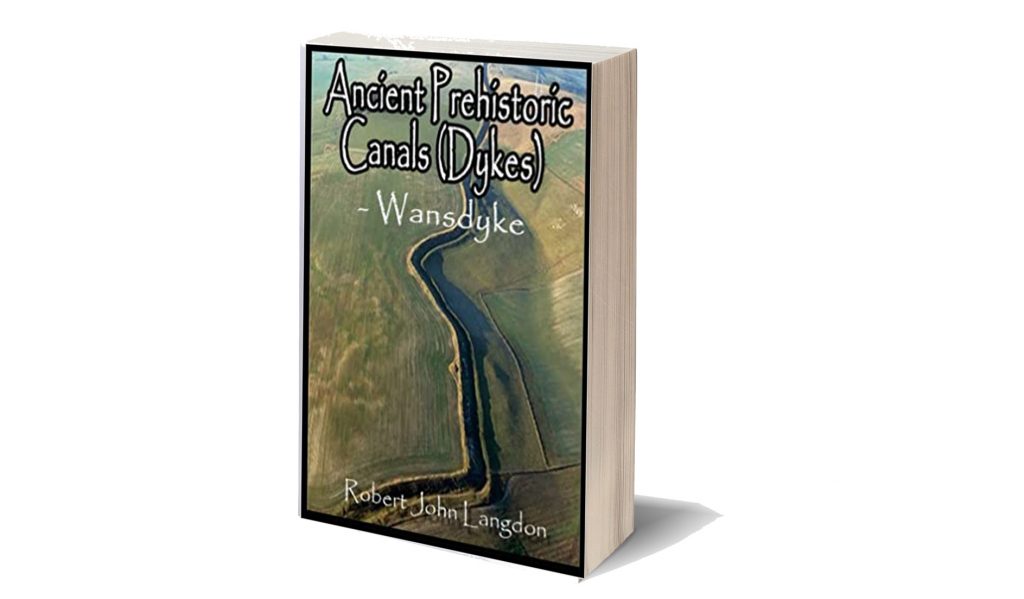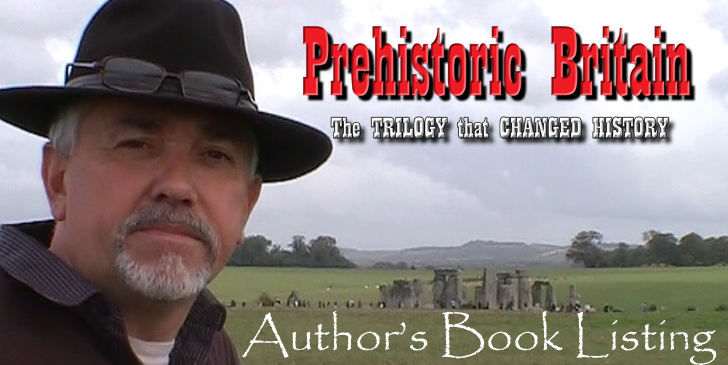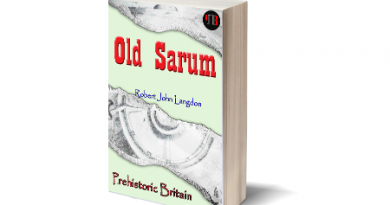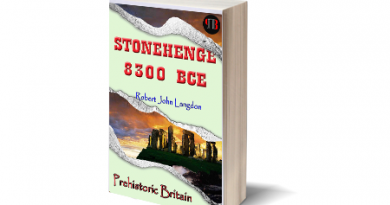Ancient Prehistoric Canals (Dykes) – Wansdyke
Few features are as captivating as the Wansdyke in the contemplative realm of historical landscapes. Its towering presence upon the Wiltshire terrain, adjacent to the renowned Avebury, has invariably beckoned the imagination of the common folk. This proximity, while enticing, has not unfurled its enigmatic embrace to the archaeological scholars, who have persistently attempted to decode its essence. – (Ancient Prehistoric Canals (Dykes) – Wansdyke)
The connection, seemingly as inexorable as the march of time, between Wansdyke and Avebury has tantalising potential. The shared grandeur of massive ditches has hinted at a relationship, though the scholars’ torch has not illuminated the path to this revelation. Their efforts have been steadfast, aiming to unravel the riddle of this ‘linear structure.’ The prevailing narrative, forged through the crucible of the past, conjectures that this monumental edifice was constructed as a bulwark against marauding invaders, with the mantle of a Saxon origin to embellish its significance.
Yet, as time’s river winds, a reconsideration of conventional wisdom has emerged. The once unassailable truth, akin to the impregnable ramparts of the past, is now scrutinised anew. The continuous defensive rampart, upon closer inspection, reveals fissures, like the fault lines in the crust of the Earth. These fissures disrupt the seamless narrative, prompting the inception of a new theory – that of a ‘prehistoric canal’.
This theory, wrapped in a shroud of reassuring promise, advances the notion that these ancient earthen works bore witness to water rather than martial or border marker endeavours. An absence of battle-scorned remains amidst the 22 miles of Wansdyke and the 177-mile stretch of Offa’s Dike leaves the battle-defence hypothesis marooned on a metaphorical island of scepticism. This realisation uncovers a new vista like a chisel, removing layers of misconception.
Yet, amidst this scholarly voyage, there remain islands of perplexity. The Dykes, replete with the scars of incompleteness, resist easy classification as boundary markers. Their emergence, akin to the appearance of constellations in the night sky, has defied logic’s grasp. The tendrils of mystery intertwined with questions that seem to emerge like apparitions: why do these boundary markers etch their beginning and end points upon the landscape without a warrant? The echo of this query resonates across epochs, unanswered.
A symphony of scepticism further crescendos when examining the geographic tapestry. In their silent proclamation of territorial dominion, these ‘border markers’ traverse excessive expanses. The grandeur of significant rivers, echoing the pulse of nature’s handiwork, stands as a more overt marker. The irony is stark: these markers, established over years, even decades, stand as silent witnesses to the past while their purpose is shrouded in ambiguity.
In the grand theatre of scholarship, these revelations are like light cast upon a darkened stage. The archaeologists, guardians of historical truths, have overlooked the symphony of 1500+ ‘other’ scheduled Dykes that grace the British realm. A profusion of these markers, strewn across uninhabited islands, punctuates this narrative of ‘Boundary Markers.’ The paradox of these silent sentinels adorning barren shores challenges the very essence of this notion.
In this intricate dance between the past and the present, the story of Wansdyke and its ilk unfolds. Like a mosaic, it emerges piece by piece, forming patterns that intertwine reality and speculation. The journey, mirroring Bronowski’s belief in multidisciplinary exploration, invites us to ponder the landscapes of our ancestors, adorned with markers that whisper tales of ownership, defence, or something yet unfathomed. And in this contemplation, the spirit of inquiry, kindled by the enigma of Wansdyke, mirrors the enduring legacy of those who seek understanding amid the mysteries of time.

Wansdyke Softback book
For more information about British Prehistory and other articles/books, go to our BLOG WEBSITE for daily updates or our VIDEO CHANNEL for interactive media and documentaries. The TRILOGY of books that ‘changed history’ can be found with chapter extracts at DAWN OF THE LOST CIVILISATION, THE STONEHENGE ENIGMA and THE POST-GLACIAL FLOODING HYPOTHESIS. Other associated books are also available such as 13 THINGS THAT DON’T MAKE SENSE IN HISTORY and other ‘short’ budget priced books can be found on our AUTHOR SITE. For active discussion on the findings of the TRILOGY and recent LiDAR investigations that is published on our WEBSITE you can join our FACEBOOK GROUP.
Further Reading
For information about British Prehistory, visit www.prehistoric-britain.co.uk for the most extensive archaeology blogs and investigations collection, including modern LiDAR reports. This site also includes extracts and articles from the Robert John Langdon Trilogy about Britain in the Prehistoric period, including titles such as The Stonehenge Enigma, Dawn of the Lost Civilisation and the ultimate proof of Post Glacial Flooding and the landscape we see today.
Robert John Langdon has also created a YouTube web channel with over 100 investigations and video documentaries to support his classic trilogy (Prehistoric Britain). He has also released a collection of strange coincidences that he calls ‘13 Things that Don’t Make Sense in History’ and his recent discovery of a lost Stone Avenue at Avebury in Wiltshire called ‘Silbury Avenue – the Lost Stone Avenue’.
Langdon has also produced a series of ‘shorts’, which are extracts from his main body of books:
For active discussions on the findings of the TRILOGY and recent LiDAR investigations that are published on our WEBSITE, you can join our and leave a message or join the debate on our Facebook Group.





